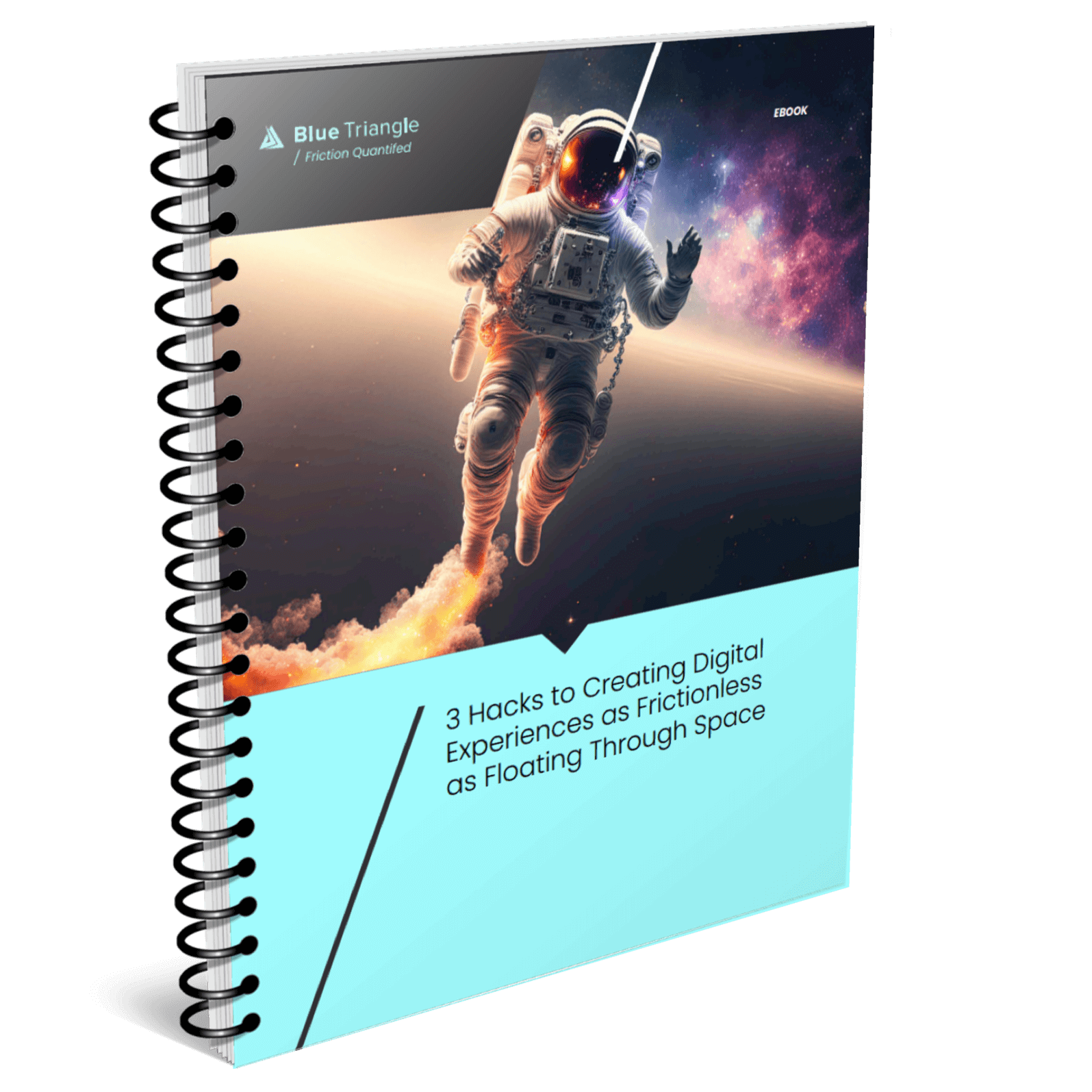Headless eCommerce: The Next Step in Digital Commerce Evolution
Forecasted to surpass $6.5 trillion during 2023, the global eCommerce market is growing at a very rapid, unprecedented pace. This is happening despite recent seismic disruptions and challenges to global economies.
The accelerated ubiquity of smartphones and social media has paved the swift rise of various emerging eCommerce strategies and trends. However, while this development represents massive growth, it has made eCommerce more complicated.
Many brands are turning to headless eCommerce to address the emerging complexities in the eCommerce world. Recent data shows that nearly 60% of eCommerce enterprises have gone headless and plan to continue with this approach in the future. However, an estimated 30% are not using headless eCommerce at the moment but are seriously considering its implementation.
But what is headless eCommerce exactly? Why is everyone saying it's the next big thing in digital commerce?
What is Headless eCommerce? (Headless vs. Traditional)
Headless eCommerce pertains to a decoupled eCommerce architecture where both the front-end and back-end are separate from each other. Conventional eCommerce models are built on both ends' frictionless alignment and integration.
Because both front- and back-ends are joined, eCommerce brands must create different content for different devices. If a brand plans to feature a new product on various platforms (website, mobile app, and connected screen), content must be created multiple times to display and function on each platform correctly.
Thus, this model results in numerous content silos, which can hamper operations and contribute to slow loading speeds, poor content display, and unresponsive buttons. These could be a potential reason visitors exit your site or abandon the checkout process.
It constrains front-end developers to the front-end design and process created by the solution. Any changes to the data or the experience require a significant database, code, and front-end reconfiguration. This makes even the slightest change a substantial risk to their business.
When customers visit an eCommerce store, they expect frictionless, personalized journeys. Websites must smoothly display vast catalogs of products, including graphic images and other content. Consumers want to have a consistent eCommerce experience across different devices and channels.
According to IDC, current eCommerce solutions, particularly B2B, struggle to meet the expectations of modern customer experiences. This is where headless eCommerce comes in. The advantages of a headless architecture directly impact the top priorities brands expect from a digital commerce platform, as reported by IDC:
- International expansion (30%)
- Meeting or exceeding customer expectations (23%)
- Bundling offers across providers and partners (22%)
With a headless eCommerce platform, the store's front-end (presentation or user interface) and the back-end (behind-the-scenes functionalities) both stand-alone and function independently from each other. This decoupled setup allows for more customization and design flexibility.
Headless commerce enables brands to deliver dynamic, delightful digital experiences to their customers while keeping abreast of technology and marketing trends. Check out the Ultimate Guide to Holiday Preparedness for Retailers and eCommerce Websites to kickoff peak season right by giving your customers exactly what they want, a seamless online experience!
APIs: Heart of Headless Commerce Architecture
Application programming interfaces, or APIs, are the beating heart of a headless eCommerce platform. They enable brands to leverage multiple headless storefronts and facilitate communications to and from various back-end systems.
Developers can utilize their most preferred front-end technology to provide high-quality digital content experiences to their users and integrate a single eCommerce solution on the back-end to centralize and manage all commerce functionality effectively.
There is no request queue when the storefront sends an API request to the back-end. Instead, the back-end system automatically selects the custom programming suited to the request and sends it back to the front-end via API. As a result, a headless eCommerce platform can handle volumes of API requests and simultaneously deliver content to multiple devices without slowing down.
Headless eCommerce: Benefits and Challenges
Going headless certainly has benefits, especially when executed well. The most notable ones are:
- Faster communication and collaboration between systems. Speed is essential in the new eCommerce landscape. Too slow, and you risk losing your customers to the competition. Headless commerce enables disparate systems to communicate with each other using APIs. Collaboration through interfaces allows for smooth and rapid information transfer and exchange.
- Rapid scaling and more control. Monolithic eCommerce infrastructure built on legacy systems and different languages hinders critical integrations and scaling. On the other hand, Headless eCommerce integrates quickly with all existing systems (CMS, ERP, PIM), allowing you to create, provide, and scale shopping experiences using your preferred programming technology.
- Authentic omnichannel experience and hyper-personalization. Headless commerce equips brands with data collection tools and shares that data across IT infrastructure. This gives developers more flexibility to deliver content and experiences to users, regardless of which device or platform they use. Customers who initiated their journey on the eCommerce website can continue it seamlessly on their smartphones without disrupting their experience. This is crucial as 73% of B2B buyers demand B2C-like personalization.
However, implementing a headless commerce strategy also has its difficulties.
- Massive upfront and maintenance costs. Headless eCommerce requires sophisticated customization right off the bat, thus requiring a substantial amount of time, resources, and workforce. More front-end channels translate to higher setup, implementation, and maintenance expenses.
- Longer time to launch new eCommerce stores. Headless eCommerce requires extensive planning and testing before launching an eCommerce business, unlike traditional eCommerce solutions that are plug-and-play out of the box.
- Top-level developer expertise at initial stages post-launch. eCommerce brands will require an expert developer during the development stage and initial phases after launch or until the in-house IT team is fully acquainted with their headless setup and confident they can manage it.
Maximize Your Headless eCommerce with Blue Triangle
When implemented well, a headless eCommerce approach can significantly transform customers' digital experience with your brand. Faster load speeds, delightful visuals and aesthetics, and high-performing websites and pages across devices at any stage of the customer journey all contribute to outstanding engagement and more conversions.
As a company looking to do this, it's never been more important to understand the customer journey on your website, so you know where your intended audience is going and when and why they leave your site. Blue Triangle provides you with this insight.
Maximize your headless eCommerce approach. With Blue Triangle, you have a complete picture of your customer's journey, frustrations, pain points, and moments of delight. The insights Blue Triangle delivers enable you to see issues before they become problematic and resolve them quickly to prevent dissatisfaction and churn.
As the world of eCommerce shifts to headless, you must optimize the performance of your websites, pages, and apps to help you generate more impressive returns on your headless infrastructure, deliver hyper-personalized experiences, meet or exceed modern consumer expectations, and further drive business growth.

During the holiday rush, every shopper matters
Optimize the customer journey before the eCommerce event of the year.


